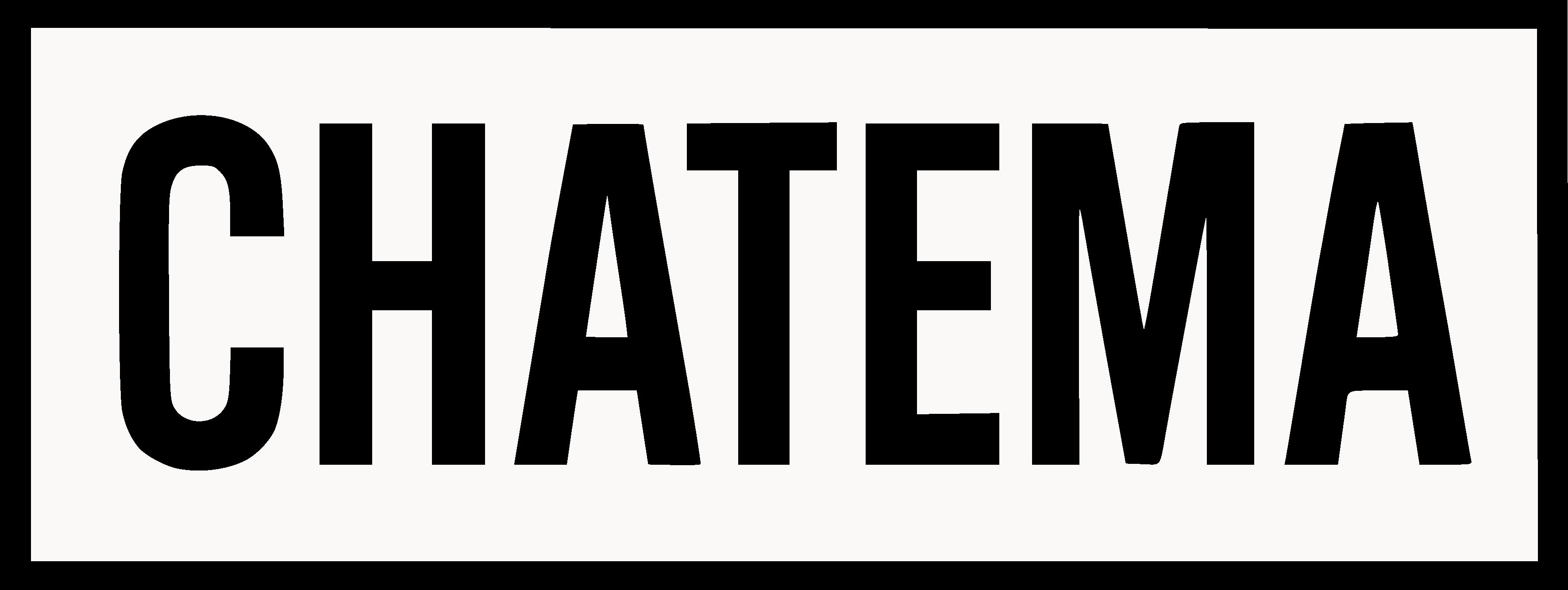The U.S. economy posted a 3.0% annualized growth rate in the second quarter of 2025, surprising on the upside. However, core demand indicators suggest a more fragile foundation beneath the headline number.
Growth Beats Expectations, But Not All Is Well
On the surface, the 3.0% GDP growth reported by the Bureau of Economic Analysis exceeds forecasts and reflects solid business investment and export performance. However, personal consumption—a key engine of the U.S. economy—grew just 1.2%, the weakest pace in over a year. Final sales to domestic purchasers, a core metric excluding volatile trade and inventories, slowed to 1.4%. These figures hint at a cooling in underlying demand even as aggregate output rises.
Trend Analysis
A pattern is emerging where GDP growth is increasingly reliant on trade and inventory swings rather than consumer-led momentum. If this trend persists, it could complicate the Fed's path on rate decisions.
Warning Signs Beneath the Surface
Economists are cautioning that the strong top-line growth may not be sustainable. Consumer sentiment surveys show a growing concern about inflation persistence and high interest rates. Meanwhile, wage growth is softening, and credit conditions remain tight. Inventories accounted for a substantial portion of Q2 growth, raising fears of a correction if demand continues to soften in Q3.
Opinion
The Q2 data offers a mixed message: the recovery is not derailed, but it’s far from robust. The disconnect between output and demand calls for careful policy calibration going into the second half of 2025.
Conclusion
While 3.0% GDP growth is encouraging on paper, the underlying demand slowdown casts a shadow over the U.S. recovery. Policymakers and investors alike should proceed with caution.
Frequently Asked Questions
- What does core demand mean in GDP reporting?
- Core demand refers to underlying consumption and domestic investment, excluding volatile trade and inventory components.
- Why is weak core demand a concern?
- Because it indicates that growth may not be sustainable. If consumers pull back, future quarters may see slower or even negative growth.





Expert Comment